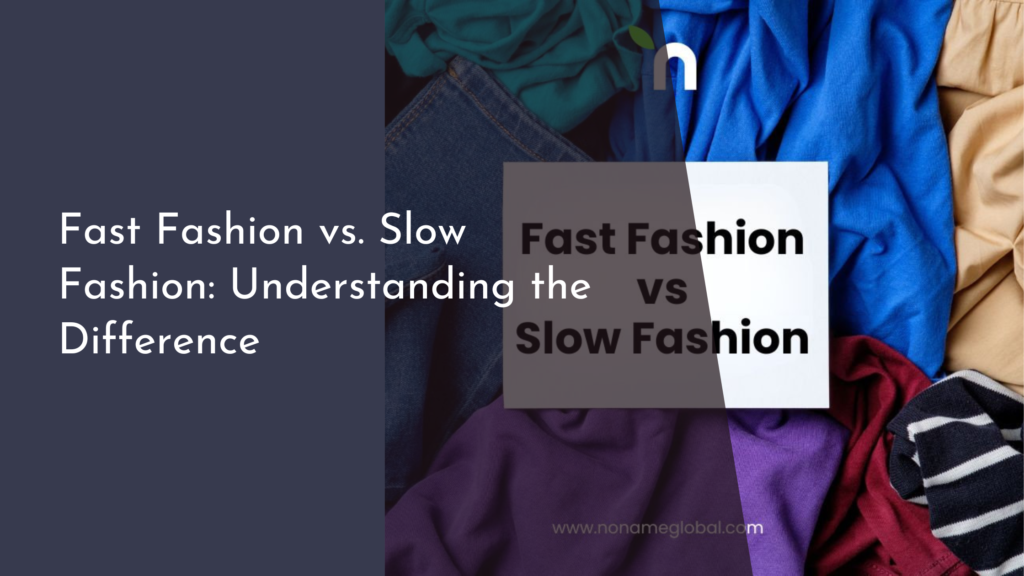Exploring the History of Conscious Fashion
The global fashion industry has long been synonymous with fast production and fleeting trends, often at the expense of ethical and environmental considerations. However, as society becomes increasingly aware of the impact of consumerism on the planet and its inhabitants, a movement towards conscious fashion has emerged. This thoughtful approach to fashion prioritizes sustainability, ethical practices, and social responsibility. In this article, we delve into the history of conscious fashion, highlighting its origins, key milestones, influential figures, and its promising future.
The Origins of Conscious Fashion Movement
The conscious fashion movement began to take shape in the latter half of the 20th century as the world started recognizing the environmental and social ramifications of unchecked consumerism. The burgeoning environmental movement of the 1960s and 1970s laid the groundwork by raising awareness about the ecological impacts of industrial activities, including the textile industry. This period marked the beginning of an era where consumers and designers alike started questioning the true cost of fashion, both to the planet and to the workers involved in its production.
The movement gained additional momentum in the 1990s, driven by several high-profile incidents that exposed unsafe labor conditions and environmental degradation caused by the global fashion industry. The infamous 1991 exposure of child labor in the production of sportswear for major brands highlighted the urgent need for reform. This, combined with the rising popularity of organic and eco-friendly products, spurred the development of conscious fashion as a distinctive segment within the broader fashion industry.
Key Milestones in Ethical Fashion’s Growth
One of the most significant milestones in the growth of ethical fashion was the establishment of Fair Trade certifications in the late 1980s and early 1990s. These certifications aimed to ensure that workers in developing countries received fair wages and worked under safe conditions, effectively setting new standards for ethical practices in the garment industry. This development paved the way for a more structured approach to conscious fashion, allowing consumers to make informed choices about the products they purchase.
Another pivotal moment came in 2013 with the tragic Rana Plaza factory collapse in Bangladesh, which claimed over 1,100 lives. This disaster cast a harsh spotlight on the unsafe working conditions and lack of oversight in the garment supply chain. In response, global fashion brands, governments, and non-governmental organizations launched initiatives like the Accord on Fire and Building Safety in Bangladesh, marking a significant shift towards transparency and accountability in the fashion industry.
Influential Designers and Brands in Conscious Fashion
Throughout its history, the conscious fashion movement has been championed by a number of visionary designers and brands. Stella McCartney, for instance, has been a trailblazer in this field, leading the way with her commitment to sustainable materials and ethical production processes. Since launching her eponymous brand in 2001, McCartney has consistently demonstrated that style and sustainability can go hand in hand, inspiring other designers to follow suit.
In addition to individual designers, several brands have made significant strides in promoting ethical fashion. Patagonia, renowned for its environmental advocacy, has been at the forefront of developing innovative methods for sustainable manufacturing. By implementing practices such as using recycled materials and minimizing water usage, Patagonia has set a valuable example for the entire industry, proving that business success and environmental responsibility can coexist.
The Future of Conscious Fashion and Its Impact
Looking ahead, the future of conscious fashion is bright and full of promise. As more consumers become aware of their purchasing power, demand for ethical and sustainable clothing continues to rise. This shift in consumer behavior is encouraging fashion brands to adopt more transparent and eco-friendly practices, driving industry-wide change. Technological advancements, such as the development of sustainable textiles and closed-loop production systems, are likely to play a crucial role in the evolution of conscious fashion.
This growing movement has the potential to transform the fashion industry, leading to a more equitable and sustainable future. By prioritizing ethical labor practices, reducing waste, and minimizing environmental impact, the conscious fashion movement is setting new standards for how clothing is produced and consumed. As this trend continues to gain momentum, it will undoubtedly contribute to a more sustainable world, inspiring future generations to value quality over quantity and ethical considerations over fleeting trends.
The journey of conscious fashion is a testament to the power of informed consumer choices and the influence of dedicated individuals and brands committed to creating a better world. As the movement continues to evolve, it provides us with an opportunity to redefine our relationship with fashion, making it more responsible, sustainable, and inclusive. By embracing these principles, we can all play a part in shaping a future where fashion not only thrives but also leaves a positive impact on the planet and its people.


